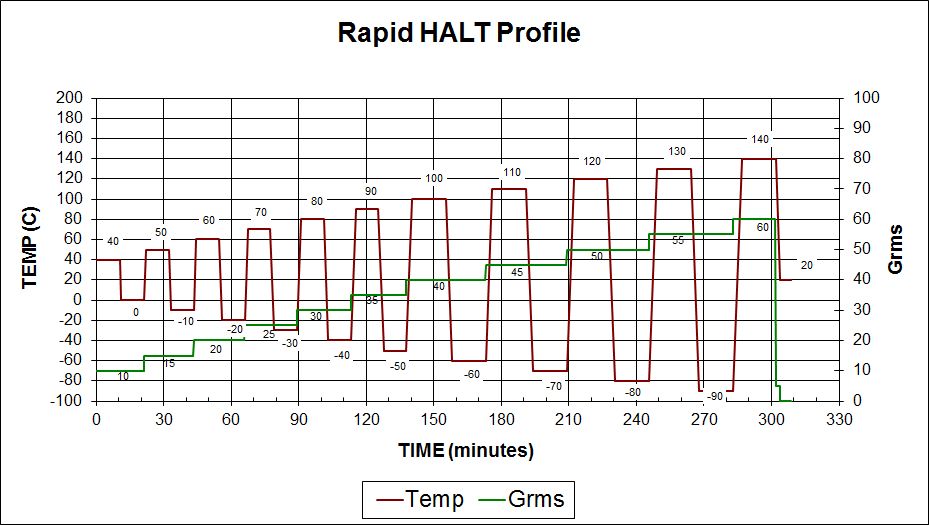This is part two of a series of blog posts concerning the MIL-STD 810 Shock Section, Method 516. This blog was written with reference to MIL-STD-810G w/Change 1 dated 15 April 2014. DES has the experience and expertise to run your MIL-STD-810 test. For more information, please check out our DES shock testing services page and our other MIL-STD-810 shock testing blog articles:
MIL-STD 810, Method 516, Shock Testing Overview
Shock testing according to Procedure I of MIL-STD 810, Method 516 is intended to test products while they are operating to see if any functional problems occur and to determine if they survive without damage. The applied shocks usually represent those that may be encountered during operational service. This article will focus on the shock test condition when measured field data is not available and the testing will use classical shock impulses. The terminal peak sawtooth is the default classical shock pulse to be used for this condition. Figure 516.7-10 from MIL-STD-810 shows its shape and tolerance limits. Table 516.7-IV contains the terminal peak sawtooth default test parameters for Procedure I -Functional Test. In limited cases a half sine shock impulse is specified. Its shape and tolerance limits are shown in Figure 516.7-12.
Continue reading MIL-STD 810, Method 516, Shock Testing Procedure I – Functional Shock →





